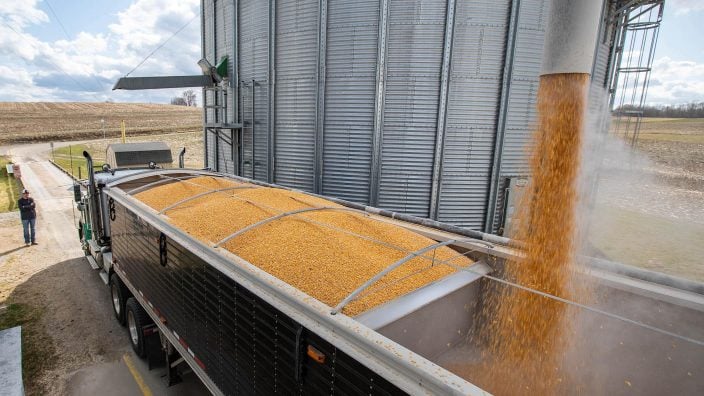USDA rolls out Farmers First: Small Family Farms Policy Agenda
After nearly 100 days of traveling the nation and visiting directly with hundreds of farmers across America, U.S. Secretary of…
Read MoreShortly after Russia moved forward with an attack on neighboring Ukraine, prices for corn, soybeans and wheat traded limit-higher overnight.
Today, the economies of the world are tied more closely than they have ever been. That often means that whatever is happening on the other side of the globe will have an impact on the U.S. economy. That couldn’t be more apparent than in the agricultural commodity markets, and that concept became even more evident when Russia moved forward with an attack on neighboring Ukraine. Shortly after the crisis began, prices for corn, soybeans and wheat traded limit-higher overnight.
“Prior to the conflict escalating, everyone assumed that if an invasion did occur that the market would be bullish, figuring that there would be less supplies available on the world marketplace because of Ukraine’s importance in the global corn and wheat trade, specifically,” said Bailey Elchinger, risk management consultant and regional director with StoneX. “The speed at which this has happened over the past few days is a little bit shocking to the markets though. When you look back through history, an invasion of this nature is not a common thing.”
Just as grain prices quickly climbed, so did the prices for other agricultural products.
“Global fertilizer prices also reacted strongly,” Elchinger said. “Urea was trading $160 higher per ton on Thursday morning and that was a direct reaction to fears of Ukraine and/or Russia limiting fertilizer or natural gas out of those countries.”
Many farmers found it hard to sit on their hands as the markets offered an opportunity to sell old crop corn above $7 a bushel, while other farmers wondered what the longer term scenarios might entail. Elchinger said there are important things to consider for new crop sales.
“First and foremost, know your cost of production and what price you have your inputs locked in at,” she said. “If you know those things, really start to study what your profit margin is today and know the amounts of crops you are willing to sell ahead of harvest and probably take some risk off of the table in doing so.”
Elchinger said a good relationship with your commodity buyer is key and to continue to stay in contact with them when it comes to your marketing plan. They can keep you accountable and will be able to shed some light on what may happen in the days ahead.
“The market is bound to be volatile,” Elchinger said. “You need to be sure that you are not open to too much risk in times like these.”


After nearly 100 days of traveling the nation and visiting directly with hundreds of farmers across America, U.S. Secretary of…
Read More

Over 20% of all the production in the United States from agriculture gets exported to a different country.
Read More

On this Ohio Farm Bureau Podcast, get an update on challenges borrowers are facing in 2025 from experts at Ag Credit and find out how the current state of agriculture is affecting the organization.
Read More

Ohio Farm Bureau has collected information and resources that will be updated as the trade and tariff situation continues to unfold.
Read More

The plan provides a blueprint for policymakers and Ohio Farm Bureau members to bolster Ohio’s agriculture industry and our rural communities.
Read More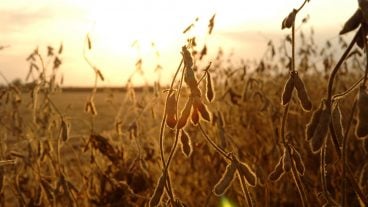
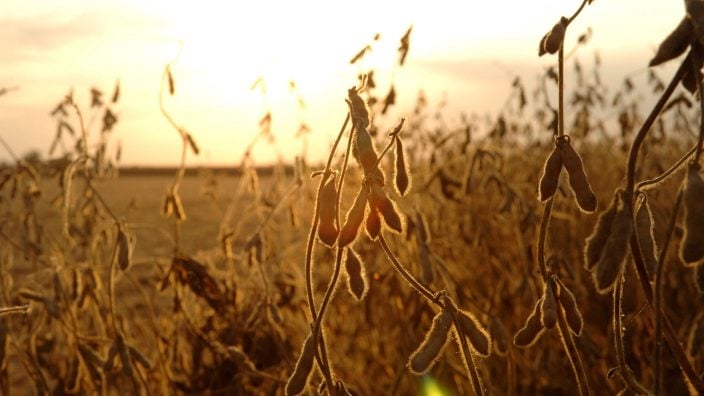
Update: As of Feb. 27, 2025, the Financial Crimes Enforcement Network announced they would not issue any fines or penalties or take enforcement action against companies based on failure to file or update beneficial ownership information reports by the March 21, 2025, deadline.
Read More

Update: As of Feb. 27, 2025, the Financial Crimes Enforcement Network announced they would not issue any fines or penalties or take enforcement action against companies based on failure to file or update beneficial ownership information reports by the March 21, 2025, deadline.
Read More

Update: As of Feb. 27, 2025, the Financial Crimes Enforcement Network announced they would not issue any fines or penalties or take enforcement action against companies based on failure to file or update beneficial ownership information reports by the March 21, 2025, deadline.
Read More

On this Ohio Farm Bureau Podcast, Columbiana County Farm Bureau leader Stacy Irwin talks about this year’s policy development process and some of the topics that were discussed.
Read More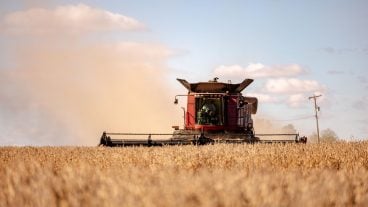
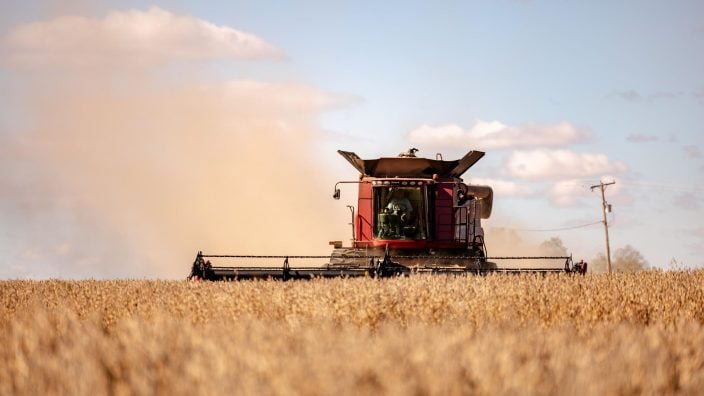
Update: As of Feb. 27, 2025, the Financial Crimes Enforcement Network announced they would not issue any fines or penalties or take enforcement action against companies based on failure to file or update beneficial ownership information reports by the March 21, 2025, deadline.
Read More